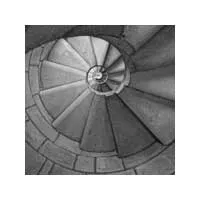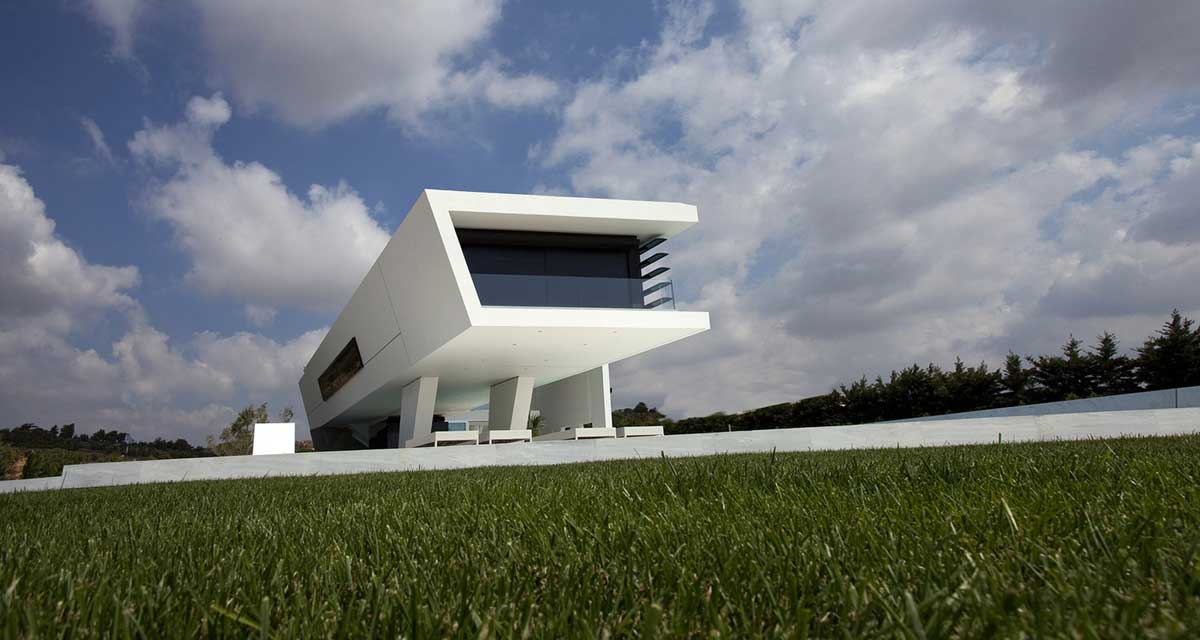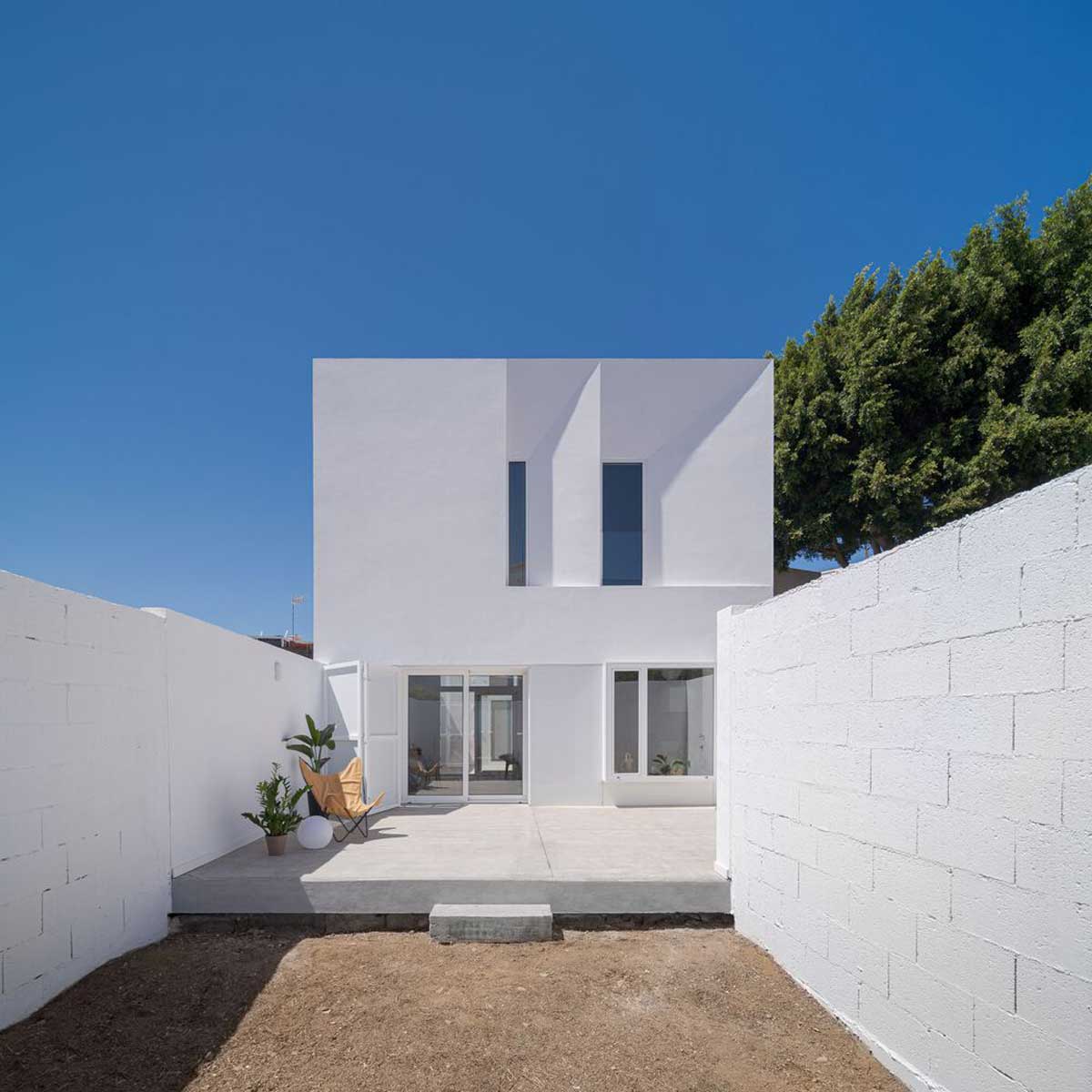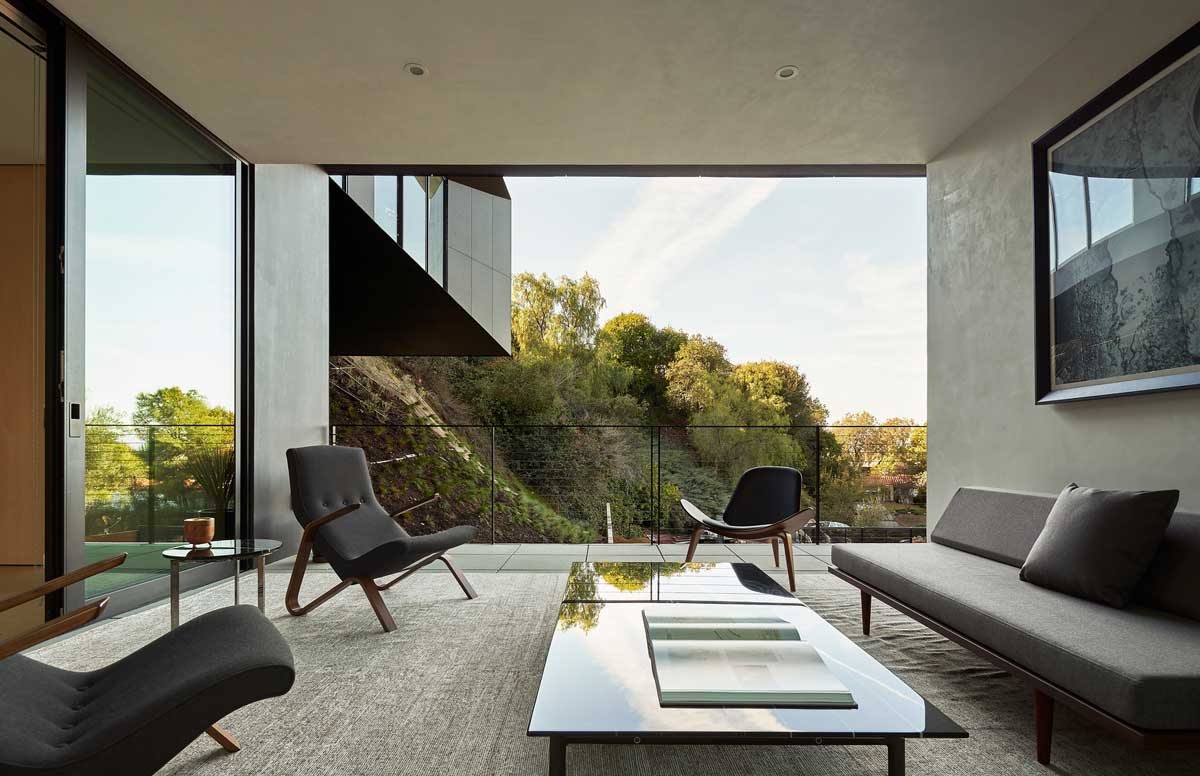In the vast realm of architecture, the evolution of design is a testament to human ingenuity. Modular homes, once seen as mere functional structures, are now being reimagined with contemporary touches that elevate them into artistic masterpieces. This transformation is not just about aesthetics; it’s a deep dive into the innovative use of building materials that breathe life into these homes.
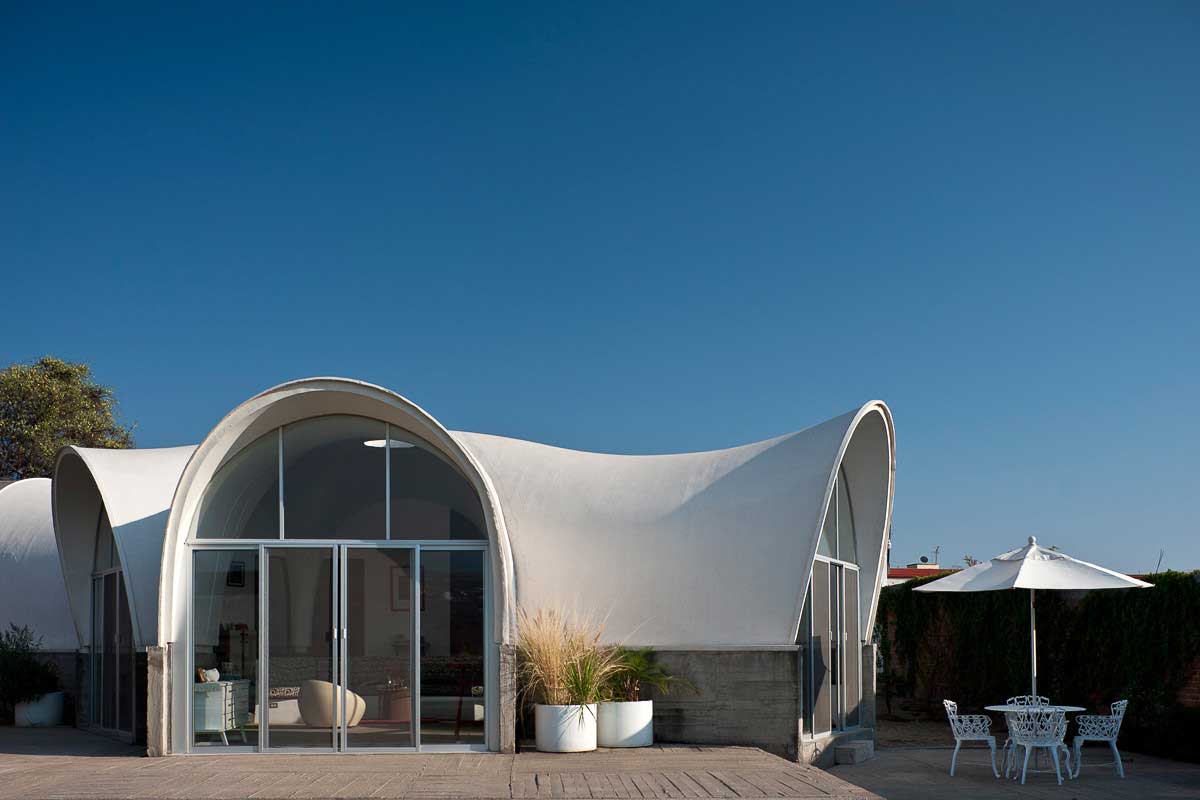


The Renaissance of Fiberglass in Modern Design
Fiberglass, a material once synonymous with the past, is experiencing a renaissance in modern architectural designs. Its lightweight nature and adaptability have made it a favorite among contemporary architects, allowing for innovative and flexible designs.
The resurgence of fiberglass is not just about nostalgia. It’s about harnessing its unique properties to create structures that are both functional and aesthetically pleasing. The material’s ability to mold into various shapes offers architects a broader canvas to work on.
Modern homes are now integrating fiberglass in ways that were previously unimagined. From exterior facades to intricate interior details, the material’s versatility is being explored to its fullest.
The fusion of fiberglass with other materials, especially concrete, has opened up new avenues in design. This blend creates a harmonious interplay of textures, where the smoothness of fiberglass contrasts beautifully with the ruggedness of concrete.
As sustainability becomes a cornerstone of modern architecture, the recyclability of fiberglass stands out. Its ability to be repurposed without compromising on quality makes it an environmentally friendly choice for contemporary homes.


Concrete – The Unsung Hero of Contemporary Architecture
Concrete, often relegated to the background, is now taking center stage in modern designs. Its raw, unpolished texture provides a perfect counterbalance to the sleekness of materials like fiberglass.
Beyond its aesthetic appeal, concrete’s durability makes it a preferred choice for architects. Its ability to withstand the elements ensures that homes remain timeless, both in design and structure.
The versatility of concrete is evident in its application. From foundational structures to decorative elements, its presence is felt throughout modern homes, adding depth and character.
The art of exposing concrete, especially in interiors, has become a design statement. It brings an industrial charm to spaces, making them feel grounded and authentic.
Innovations in concrete treatments and finishes have expanded its design potential. Stained, polished, or even textured, concrete is being reimagined in myriad ways, each more captivating than the last.


Geometry and Texture – The Dance of Design
The beauty of modern architecture lies in its ability to play with geometry and texture. Simple geometric forms, when combined with varied textures, create spaces that are both visually appealing and tactile.
The dance between sharp angles and soft curves is a visual treat. It breaks the monotony, adding layers of interest to the design. Every turn, every corner becomes a discovery, a new perspective waiting to be explored.
Texture plays a pivotal role in enhancing the geometric elements. The tactile experience, whether it’s the smoothness of fiberglass or the roughness of concrete, adds depth to the design narrative.
Modern homes are embracing this interplay to create dynamic spaces. The balance between form and texture ensures that every room, and every space has its own unique character.
This dance of design is not just about aesthetics. It’s about creating spaces that resonate with the inhabitants, spaces that evoke emotions and create lasting memories.


Elevating Spaces – The Power of Elevation
Elevation in architecture is more than just a design choice. It’s a strategic decision that can transform the very essence of a space. By raising structures, architects create a sense of grandeur and openness.
Elevated spaces offer a unique vantage point. They connect the inhabitants with the surroundings while ensuring privacy. The play of light and shadow in such spaces adds a touch of drama, making them feel ethereal.
The decision to elevate is also functional. In areas prone to flooding or with uneven terrains, raising the structure ensures safety and longevity.
The juxtaposition of elevated fiberglass modules with grounded concrete elements creates a visual rhythm. It’s a dance of contrasts, where the lightness of elevation meets the solidity of the earth.
The elevation is not just about raising the structure. It’s about elevating the living experience, creating spaces that inspire and uplift.


Sustainability and Recycling – Building with a Conscience
The architectural world is undergoing a paradigm shift, with sustainability at its core. The focus is on creating structures that are not just beautiful but also environmentally responsible.
Recycling old structures, especially polyester ones, is a step towards sustainable architecture. It’s about giving a new lease of life to materials, reducing waste, and minimizing the carbon footprint.
Modern homes are a testament to this ethos. By integrating recycled materials with new ones, architects are crafting spaces that are both eco-friendly and aesthetically pleasing.
The choice of materials plays a crucial role in this sustainable journey. Materials like fiberglass and concrete, known for their longevity and recyclability, are becoming the staples of green architecture.
Sustainability in architecture is not just a trend; it’s a responsibility. It’s about building for the future, ensuring that our structures leave a minimal impact on the environment while offering maximum comfort and beauty.




The transformation of modular homes is a reflection of the evolving architectural landscape. It’s about pushing boundaries, experimenting with materials, and crafting spaces that resonate with the times. As we stand at this juncture, these homes offer a glimpse into a future where design and sustainability walk hand in hand.
